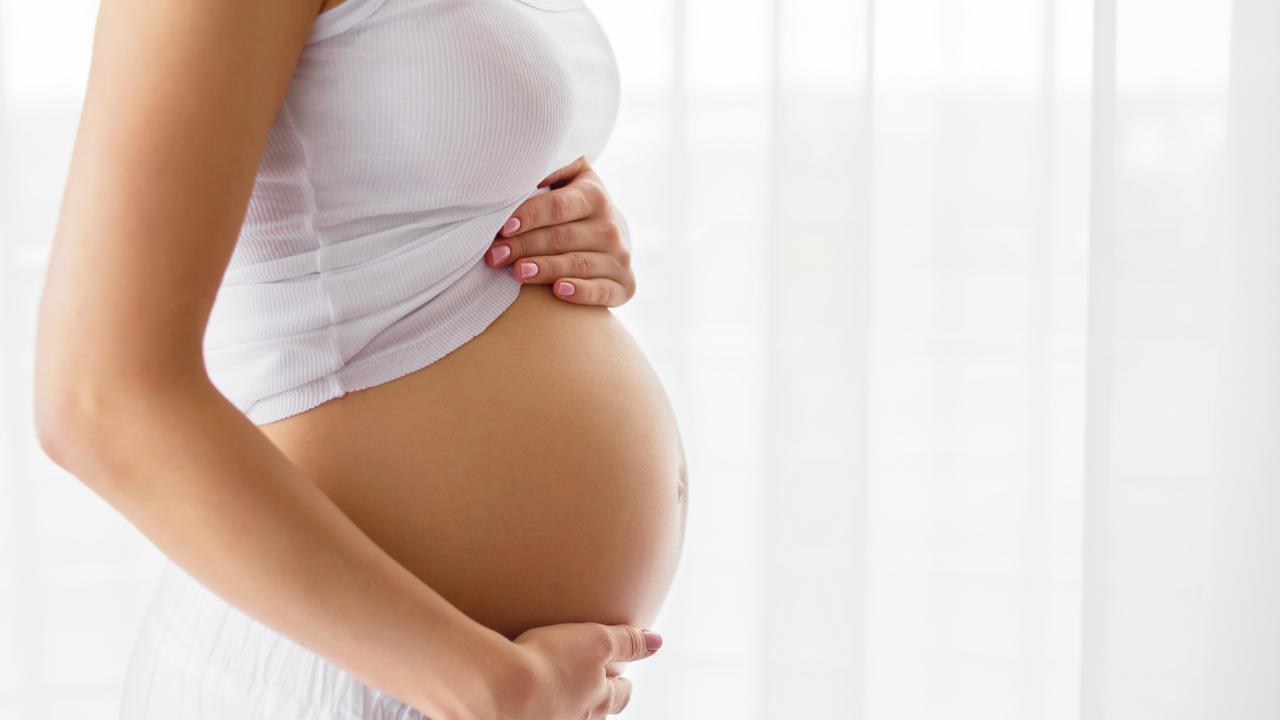Pregnant women exposed to air pollution have ‘smaller babies’, study finds
New research has shown that pregnant women exposed to certain environmental conditions give birth to smaller babies.

New research has shown that pregnant women exposed to air pollution give birth to smaller babies.
Conversely, women living in greener areas have larger offspring, as reported by the New York Post, and healthy environments may help counteract the overall negative effects of pollution on pregnancy, the findings of a study conducted in Northern Europe suggest.
“Our results suggest that pregnant women exposed to air pollution, even at relatively low levels, give birth to smaller babies,” researcher at Norway’s University of Bergen, Robin Sinsamala, said, according to South West News Service.
The findings were based on data from the Respiratory Health in Northern Europe study, collected from more than 4000 children and their mothers living in Denmark, Norway, Sweden, Iceland and Estonia.
Researchers calculated the “greenness” of the places where the women lived during their pregnancy by measuring the density of vegetation on satellite images, including forests, farmland and parks.
They pulled data on five pollutants – nitrogen dioxide (NO2), ozone, black carbon and two types of particulate matter (PM2.5 and PM10) – and compared that information with the babies’ birth weight.

The research team considered the usual factors – including the woman’s age – and whether the mothers smoked or had any health conditions.
They found that higher levels of air pollution were linked with lower birthrates, with PM2.5, PM10, NO2 and BC correlating with average reductions of 1.97 ounces (55.84 grams), 1.62 ounces (45.92 grams), and 1.69 ounces (47.91 grams) respectively.
Although these areas had higher levels of air pollution, the average levels of air pollution were within European Union standards.

However, when the research team took greenness into account, the effect of air pollution on birth weight was reduced.
Women who lived in greener areas had babies with a slightly higher birth weight – 0.95 ounces (26.93 grams) heavier on average – than mothers living in polluted areas.
Mr Sinsamala explained that possibly “green areas tend to have lower traffic or that plants help to clear the air of pollution, or green areas may mean it’s easier for pregnant women to be physically active”.

He noted that “the time when babies are growing in the womb is critical for lung development”.
“We know that babies with lower birth weight are susceptible to chest infections, and this can lead to problems like asthma and COPD later on.”
Mr Sinsamala is due to present the findings later this month at the European Respiratory Society International Congress in Milan, Italy.
The European Respiratory Society Advocacy Council Chair, Professor Arzu Yorgancioğlu, noted that the study adds to the body of research into the damage air pollution inflicts on human health and into how those effects could be mitigated by making the world “greener”.
“Women who are pregnant will want to protect their babies from potential harm. However, as individuals, it can be difficult to reduce our exposure to air pollution or make our neighbourhoods greener,” she said.
The expert called on doctors and researchers to put pressure on governments and policymakers to fight climate change and focus on reducing the levels of pollution.
This article originally appeared on the New York Post and was reproduced with permission





